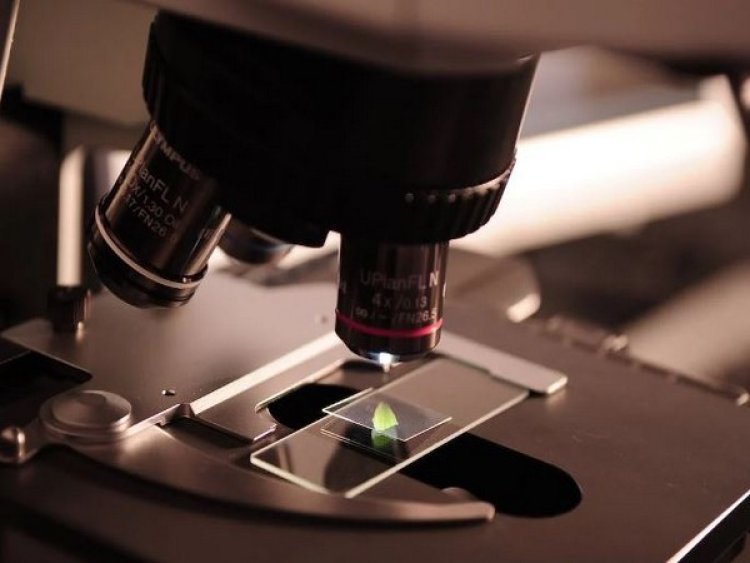Researchers find new method to combat fungi

Washington DC, US: A brand-new approach to treating fungi infections has been discovered by researchers. The important thing is to stop fungi from producing fatty acids, which are the main building block of fats.
The results were released in the scholarly journal Cell Chemical Biology.
This new strategy will be especially helpful because it operates in a novel manner and affects a wide variety of fungal species, which will help address the growing problem of antifungal drug resistance.
Athletes' foot is a relatively common health issue that can be treated with a quick trip to the pharmacy. However, other fungi infections are more dangerous, and Aspergillus, Candida, and Cryptococcus fungi cause millions of fatalities each year.
Similar to bacterial resistance to antibiotics, fungal resistance to medications is spreading throughout the world, and unless action is taken soon, the death toll will likely rise.
There are only three distinct categories of antifungal drugs, and they all function by removing the defences that surround fungus cells. Although they all attack the barrier, the current treatments are very specific, so what works to kill one species of fungus may not work to kill another.
The research team sought a different approach to harmful fungi control that would work against a variety of species.
Their strategy involved screening the structurally diverse RIKEN Natural Product Depository (NPDepo) first against four pathogenic yeasts—three Candida and one Cryptococcus species—that the World Health Organisation has classified as important human pathogens.
They were searching for a substance that would have an impact on all four species, indicating that it might be effective against a variety of fungi.
After ruling out those that were already known, the researchers were left with three fresh options.
The screening revealed several compounds that reduced fungal growth by at least 50 per cent in each of the four species.
The one of these three that was least toxic to human cells also inhibited the growth of Aspergillus fumigatus, a deadly fungus that affects people with compromised immune systems. This substance's RIKEN NPDepo identifier is NPD6433. Finding out what it does was the next step.
For almost 1000 different genes, the researchers looked at how much NPD6433 suppressed growth in yeast when the yeast was missing one copy of the gene. They found that reduction in only one gene, fatty acid synthase, made yeast more susceptible to NPD6433.
This result meant that NPD6433 likely works by inhibiting fatty acid synthase and thus prevents fatty acids from being made inside fungal cells. Further experiments showed that NPD6433 and cerulenin, another fatty acid synthase inhibitor, were able to kill numerous yeast species in the culture.
The final experiment tested how well NPD6433 treatment worked in a live laboratory model organism—the worm Caenorhabditis elegans—which was infected with a pathogenic yeast that can cause systemic infection in humans after invading the intestines C. elegans was chosen because it has an intestinal tract that works like ours.
Tests showed that treating infected worms with NPD6433 reduced fatalities by about 50 per cent. Importantly, this was true in worms infected with yeast that were resistant to a standard anti-fungal medication.
“Drug-resistant fungi are a growing problem, and leads for the development of new drugs offer hope against these evolving pathogens,” said Yoko Yashiroda, lead RIKEN CSRS author of the study. “Our research indicates that targeting fatty acid synthesis is a promising alternative therapeutic strategy for fungal infections and one which might not require tailor-made solutions for individual species.”















































